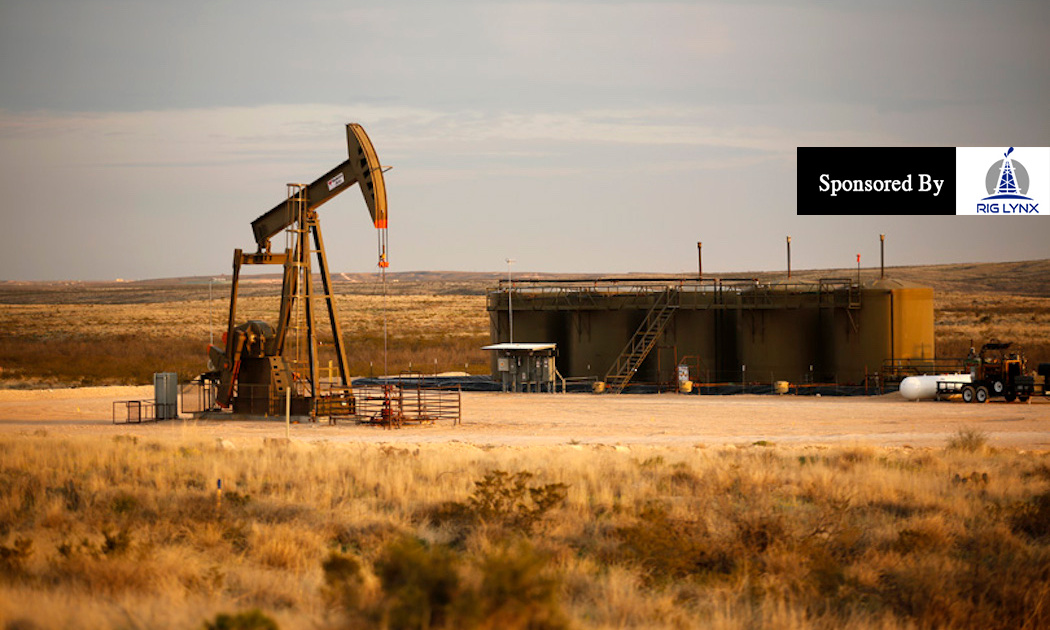
The Greater Houston Partnership has at last declared the end of the oil bust with almost all of the city’s major energy companies back in the black, ramping up spending and hiring to reflect higher crude oil prices and stronger profit margins.
The energy sector’s steady recuperation gave way to full recovery in the second quarter, when 20 of the city’s 25 largest oil producers and oilfield services companies posted profits, the partnership reported. By comparison, only five of those companies made money during the same period two years ago, when U.S. crude prices hovered near $40 a barrel and cost the region tens of thousands of jobs.
Now, with oil prices well above $60 a barrel for most of the year, bankruptcies and layoffs within the industry have slowed substantially. Companies are boosting exploration budgets and energy services companies are adding jobs.
Patrick Jankowski, senior economist with the Greater Houston Partnership, said those factors collectively spell the end of Houston’s fifth energy downturn in the past 40 years and should spur faster job growth throughout the local economy. Already, companies are hiring at their fastest rate in almost five years.
Second quarter profits:
Exxon Mobil: $4 billion
Chevron: $3.4 billion
ConocoPhillips $1.6 billion
Occidental Petroleum: $848 million
EOG Resources $697 million
Source: Company filings
The question, analysts say, is whether the energy industry can sustain the same rate of growth as production costs increase, bottlenecks in prolific Permian Basin in West Texas limit the transportation of oil and natural gas and trade patterns shift as the U.S. imposes tariffs on imported steel and aluminum and other materials needed to support a surge in domestic production.
Ian Nieboer, director at Canadian research firm RS Energy Group, said those factors will test the industry’s ability to capitalize on the recent upswing in crude oil prices and preserve the efficiency gains achieved during the oil bust. Domestic producers have learned to pump more oil and gas for less money, achieving record production with far fewer rigs than they had at the height of the 2014 boom.
“It’s a ‘show me the money’ moment,†Nieboer said. “The dynamics are in place, and it’s time to make all that come together.â€
The bust began in 2014 and accelerated in 2015 as crude oil prices sank to their lowest levels in years, bottoming at about $26 a barrel in February 2016. Relief came later that year when OPEC cut its crude oil output, lifting prices worldwide.
Andy Lipow, president of Lipow Oil Associates in Houston, said the recovery began in earnest in late 2017 as U.S. oil prices approached $60 a barrel, well above the break-even point for most companies. “It started with oil producers being able to make money again,†he said.
The Permian Basin in West Texas has driven much of the recovery as producers rush to invest in wells and pipelines to capitalize on seemingly boundless supply of oil and gas. The region now accounts for just under one-third of U.S. oil production, which is approaching 11 million barrels day.
Still, energy company stock prices haven’t fully recovered amid investor concerns about climate change and long-term oil demand. The Greater Houston Partnership noted that a third of Houston’s top 25 energy companies are trading at prices between 80 and 95 percent of their peak prior to the bust, while the rest are trading at prices well below those levels.
Major oil companies in the second quarter reported earnings that showed improvement, but at times disappointed Wall Street with lower-than-expected earnings and higher-than-expected spending forecasts. But companies, including Chevron, ConocoPhillips and Anadarko Petroleum, have recently expanded share buyback programs and increased shareholder payouts to reflect stronger cash flows and boost stock prices.
Oil prices have fallen in recent weeks on news of higher global supplies and concerns about a global economic slowdown. The Energy Department on Wednesday reported a jump in domestic crude inventories, pushing the U.S. benchmark down 3 percent at $65.01, the lowest price since June, in New York trading.
Paul Tossetti, oil analyst with research firm IHS Markit, said his firm has lowered its oil price outlook for September and October on expectations of higher global stockpiles. But he expects prices to rise considerably come November, when the U.S. reimposes sanctions on Iranian oil exports, curtailing output there.
“The global economic outlook is still fairly strong,†he said. “It looks like we are going to continue on the current path, which is one of recovery.â€
Check out our other current stories, we dare you…
- Exxon, BP, Hess and Equinor are high bidders for GOM lease
- US pumping out 18 million bpd last week!
- Top 5 oil and gas news for week 32
See what we can do for you today!




